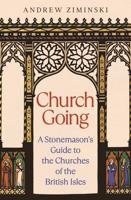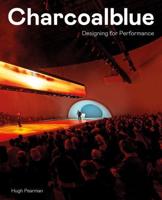Publisher's Synopsis
Excerpt from The Study of Architectural Drawing in the School of Architecture
Most of this work is done with the pen, pencil-marks upon trac ing-paper being neither distinct nor durable. The outlines of course are traced, from prints or photographs, just as they are found. But the shading, even in the case of wood-cuts, is not text ually reproduced, the forms of the shades and shadows being ren dered by a series of flat tints. These are sometimes put in with the brush, but more often with the pen, parallel vertical lines being employed just as in drawing. This work is indeed, both in the out line work and in the shading, an admirable introduction to draught manship with pen or pencil. The brush is in constant use, how ever, in making tracings of examples of colored decoration from prints of Egyptian tombs, Greek vases, or tiles and terra cotta of every period. The outlines are then sometimes drawn with the pen and filled in with color, which is often laid on the other side of the paper. But these may be dispensed with and the tracing made with the brush altogether. This is particularly effective in tracing anthemions and honeysuckle work from Greek vases, and in this work Japanese brushes prove specially serviceable. These exercises are immediately utilized in the service of the historical studies which compose a chief part of our course. While practicing the essential principles of draughtsmanship in making tracings from drawings, engravings and photographs, our students are at the same time accumulating valuable memoranda for future reference. The tracing books in which this work is stored away become, before the end of the course is reached, a priceless pos. Session. (plate II.) About the Publisher Forgotten Books publishes hundreds of thousands of rare and classic books. Find more at www.forgottenbooks.com This book is a reproduction of an important historical work. Forgotten Books uses state-of-the-art technology to digitally reconstruct the work, preserving the original format whilst repairing imperfections present in the aged copy. In rare cases, an imperfection in the original, such as a blemish or missing page, may be replicated in our edition. We do, however, repair the vast majority of imperfections successfully; any imperfections that remain are intentionally left to preserve the state of such historical works.







